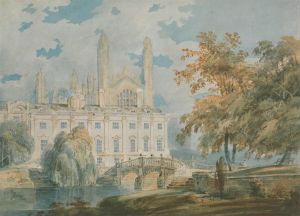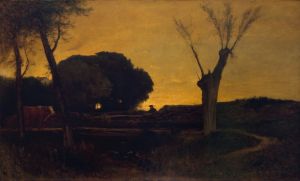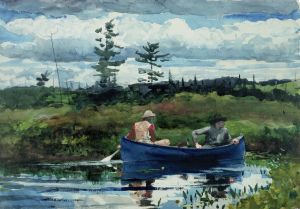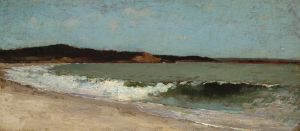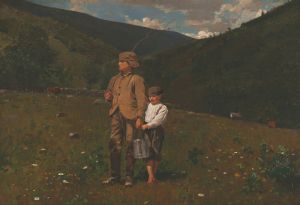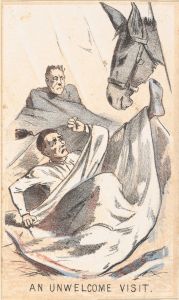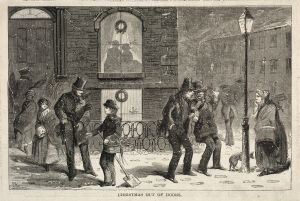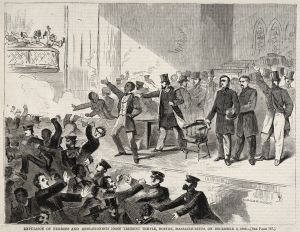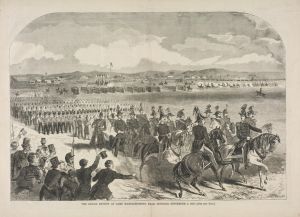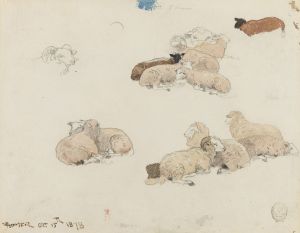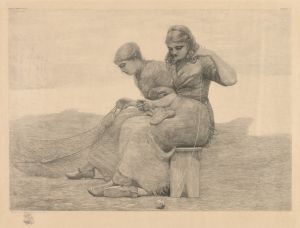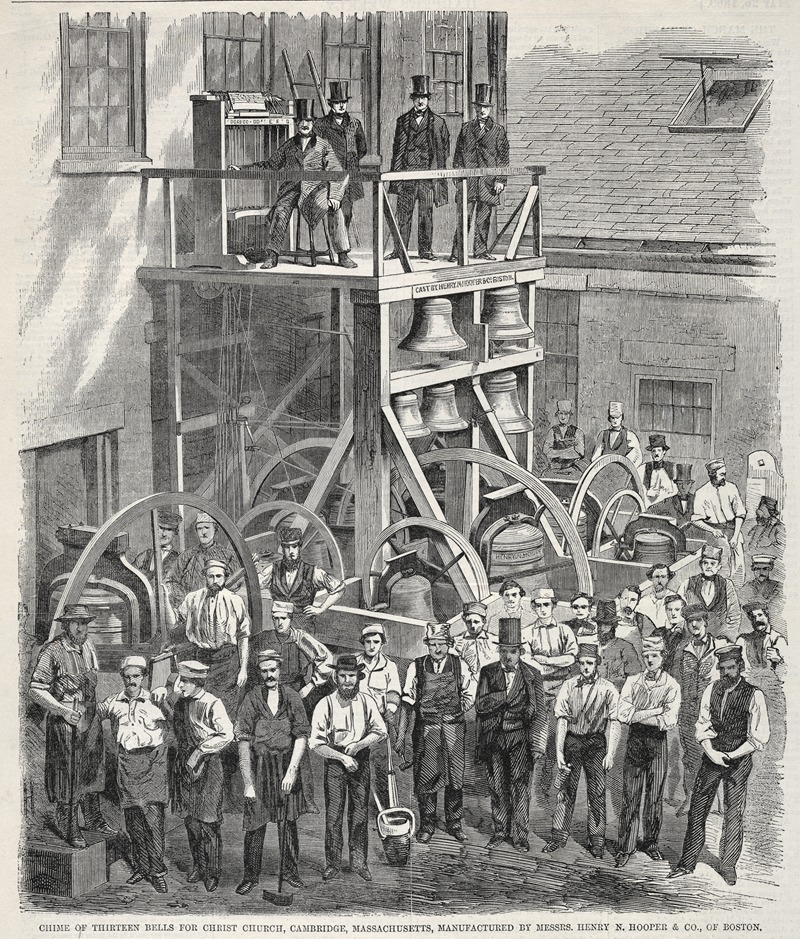
Chime of Thirteen Bells for Christ Church, Cambridge, Massachusetts, Manufactured by Messrs. Henry N. Hooper & Co., of Boston
A hand-painted replica of Winslow Homer’s masterpiece Chime of Thirteen Bells for Christ Church, Cambridge, Massachusetts, Manufactured by Messrs. Henry N. Hooper & Co., of Boston, meticulously crafted by professional artists to capture the true essence of the original. Each piece is created with museum-quality canvas and rare mineral pigments, carefully painted by experienced artists with delicate brushstrokes and rich, layered colors to perfectly recreate the texture of the original artwork. Unlike machine-printed reproductions, this hand-painted version brings the painting to life, infused with the artist’s emotions and skill in every stroke. Whether for personal collection or home decoration, it instantly elevates the artistic atmosphere of any space.
Winslow Homer, a prominent American artist known for his contributions to 19th-century art, created the painting Chime of Thirteen Bells for Christ Church, Cambridge, Massachusetts, Manufactured by Messrs. Henry N. Hooper & Co., of Boston in 1860. This work is a watercolor and gouache on paper, showcasing Homer’s early career as an illustrator and his attention to detail in architectural and industrial subjects.
The painting depicts the thirteen bells commissioned for Christ Church in Cambridge, Massachusetts, which were manufactured by the Boston-based company Henry N. Hooper & Co. The bells were notable for their craftsmanship and were part of a broader tradition of bell casting in the United States during the 19th century. Henry N. Hooper & Co. was a well-regarded foundry known for producing high-quality bells and other metalworks. The company played a significant role in the development of American bell manufacturing, and its products were often used in churches and public buildings.
Homer’s artwork captures the bells in a precise and detailed manner, reflecting his skill as a draftsman and his ability to document industrial and architectural subjects. The painting likely served as an illustration for a publication or promotional material, as Homer was working as a commercial illustrator during this period. His work often appeared in magazines, newspapers, and other printed media, where he gained recognition for his technical proficiency and artistic sensibility.
This painting is an example of Homer’s early work before he transitioned to the more iconic themes of rural life, seascapes, and scenes of American life for which he later became famous. It provides insight into his artistic development and the types of commissions he undertook during the early stages of his career.
The painting is currently held in the collection of the Cooper Hewitt, Smithsonian Design Museum in New York City. It is part of their extensive holdings of works on paper, which include designs, illustrations, and decorative arts. The museum’s collection highlights the intersection of art and design, and Homer’s painting is a valuable example of 19th-century American illustration and industrial art.
This work stands as a testament to Winslow Homer’s versatility as an artist and his ability to document the technological and cultural achievements of his time. It also reflects the importance of bell casting in the 19th century and the role of companies like Henry N. Hooper & Co. in shaping the material culture of the period.





